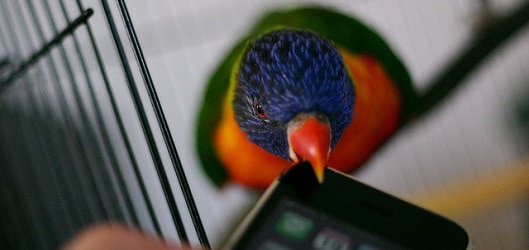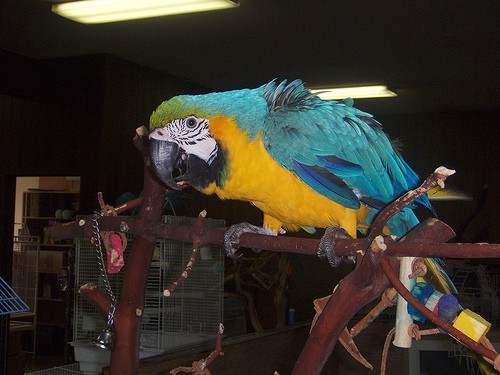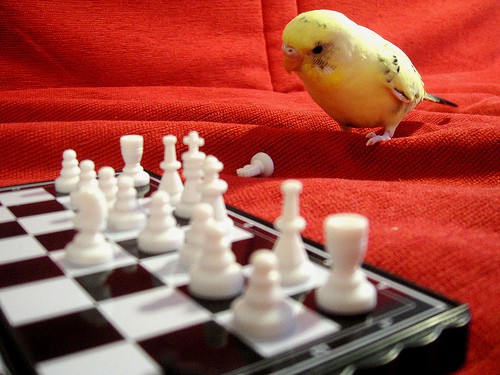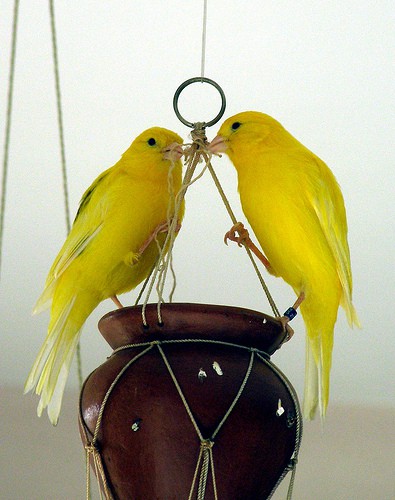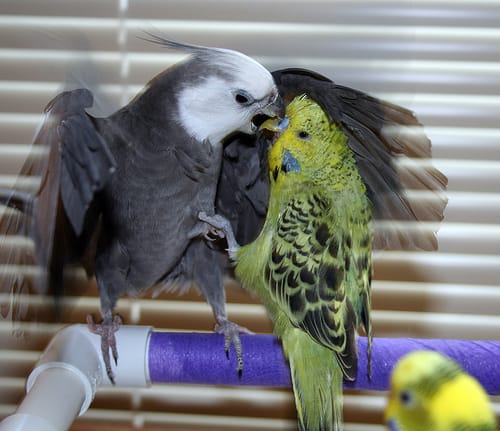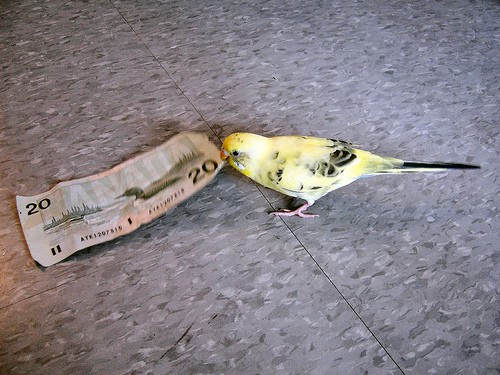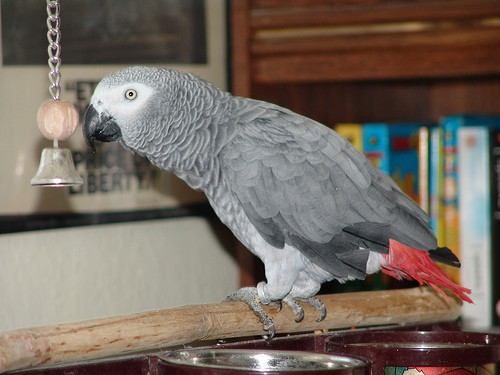Birds
How to Bird Proof Your Home
Birds are often considered as a household pet due to their size, colour, sound, and many of us marvel at their beauty. While some species are colourful, others have an ability to mimic or learn tricks. However, ask any parent about their anxiety over child proofing their home as their baby begins to crawl. Going from room to room frantically checking for holes that could trap fingers, moving cables, protecting table corners and preventing cupboard doors from being opened are among the top areas of concern. When it comes to keeping a bird as a pet in your home, you will need to consider what hazards you will need to attend to so that your feathered friend does not come to any harm. Unlike children, birds can fly. This adds another dimension to your efforts to bird proof your home.
Protecting Your Bird From Substances Found in Your Home
Birds will ingest, inhale or make contact with many substances in your home. Some of these items may be natural but not everything that is natural is safe. Some substances can cause serious harm or even death. If you suspect your pet has ingested anything that you have concerns about or your pet is showing signs of being unwell, you should consult your avian veterinarian as soon as possible. You should also take a sample with you if available.
Do not feed your pet bird foodstuff that is not compatible with his or her diet. Birds should not be fed sweets and other human foods. What is edible to us is not necessarily suitable in a bird’s diet.
Keep chemicals, cleaning agents and poisons (such as mouse killer or slug pellets) out of harm’s way. Keep items in their original containers and place them in cupboards out of reach. If you suspect your pet bird has digested something, seek medical advice immediately from your avian vet.
Protecting Your Bird From Physical Hazards
There are physical aspects to your home that can be hazardous to birds. Birds will try to fly through glass panes, so you can either consider having your bird’s wings clipped by your veterinarian or cover the windows with blinds or drapery. Even when done correctly wing clipping will impair your pet’s natural abilities. Feathers will be replaced during moults and clipping will need to be done after the new feathers have grown in. Care should be taken to ensure your pet cannot get their beak, wings or toenails caught. Windows should always be kept closed and secured to prevent escape.
Holes and getting into tight spaces behind or under furniture can risk crushing or suffocation of your pet. Birds are curious and will look for spaces for roosting and nesting. Birds also dislike draughts, so keep birds away from fans, in full sun or by windows, doorways or air ducts. If your pet has free reign in your home, always be cautious that you do not stand on or crush your pet as he or she ventures about.
Beware of electricity cables and other cords. If a bird chews an electrical cable there is a severe risk of electrocution and death as well as damage to your equipment. You can cover cables by using conduit and other cable concealing solutions. Ultimately, it is your responsibility to closely monitor your pet bird while he or she is loose in your home.
Protecting Your Bird From Children and Other Pets
Any interaction between a child and a bird should be monitored. A child or your pet can be hurt if a pet is improperly handled or cared for. As with any interactions involving children and animals it is best to take into consideration the age and experience of the child and also consider the bird’s temperament. Some parrots can become aggressive towards people they do not know. Ultimately any animal will bite if frightened or anxious if being handled incorrectly or if it is in pain or discomfort. Do not let your child feed a bird anything that you have not already allowed.
Remember that a bird is seen as prey and the natural instincts of cats and dogs as hunters will quickly come into play. Some larger birds may also attack other pets in defence. If you keep different types of birds together you may need to keep ‘hooked’ bills separate from other species to prevent bites.
Ensure that your pet bird has somewhere safe to retreat to such as a cage that is out of reach of children and other pets.
Make sure your feathered friend cannot fall into fish tanks by covering them or draining sinks filled with water to prevent drowning. Other pet bedding and litter trays should be kept out of reach too as they can create respiratory and digestive problems in birds.
Protect Your Bird From Room Hazards
Each room in your home is likely to have specific hazards associated with it. For example, your kitchen will have hazards associated with burns from cooking, toxic fumes from heated cookware (especially non-stick pans), cuts from sharp knives, toxic foodstuffs, oils, and vegetables such as onions. Due to fumes from cooking, you should never house a bird in a kitchen.
Birds can easily be drowned in baths, sinks and the toilet bowl filled with water. Mirrors and glass shower screens can cause injury if your pet flies into them. Cleaning materials, toothpaste, soap and other chemicals can be toxic to your pet.
If you have a laundry room, your pet bird could be exposed to bleach, detergents and soap. Birds can become trapped in dryers and other appliances. Fumes from PTFE coatings on irons and other items can be toxic.
In all rooms, flames or heat from candles, space heaters, open fires and radiators can pose serious injury from burns. Your pet’s respiratory system is more sensitive than ours, which means odours from perfumes or deodorant, smoke and fumes from chemicals, tobacco and other substances can be extremely harmful to your bird.
Paint and wall coverings can also be toxic when being replaced or removed. If you need to decorate a room, then you may want to consider moving your pet to another location or to a relative’s home while the work is being carried out. Fumes can be released when using paint removers or paper strippers. Try to keep rooms well ventilated to allow all odours to dissipate and ensure the paint is dry before allowing your pet bird out of the cage to explore his or her new surroundings.
New hazards may appear from time to time as you move items or bring new items into your home. Therefore, it is important to regularly check the areas where your pet bird explores in your home so that you can remove potential hazards.



